Tattoos have been around for centuries, with different meanings and purposes. In recent years, tattoos have become increasingly popular, with people of all ages getting them. While tattoos were once considered taboo, they are now more widely accepted.
If you are thinking about getting yourself a tattoo, make sure you are doing it for the right reasons. Tattoos are permanent, so you need to make sure you stay happy with your decision.
Contents
Can You Tattoo Yourself?
Yes, but it is not recommended because it is more difficult to get the tattoo evenly placed on your skin and it is more likely to become infected.
Also, most people cannot tattoo themselves because it is hard to reach all the places on your body that you want to tattoo. If you are determined to tattoo yourself, it is possible, but it is hard.

Easy places to tattoo yourself:
- Ankle.
- Wrist.
- Inner Bicep.
- Finger.
- Toes.
- The top of your foot.
- Inner forearm.
Easy Tattoo Designs to Do Yourself
1. Start with a simple design. A good place to start is with a simple design that doesn’t have too many intricate details. If you’re not sure what you want, look online for inspiration or ask a friend for help.
2. Choose a design that has meaning to you. Whether it’s a symbol of your faith, a reminder of a loved one, or just a cool design you found, make sure the tattoo has personal significance.
Maybe you would be interested: Stars and Dots Tattoo – Meaning and Ideas in 2025

3. Keep it simple. Don’t try to make your tattoo too complicated. Stick to a design that you can easily explain to someone.
4. Find a tutorial or two online to help you with the design.
5. Practice the design on paper before attempting it on your skin.
6. Go slowly and be very careful. It is very easy to make a mistake when tattooing yourself.
Some easy tattoo designs to do yourself:
- Anchor.
- Birds.
- Butterfly.
- Celtic Knot.
- Cross.
- Dragon.
- Dreamcatcher.
- Feather.
- Flower.
- Heart.
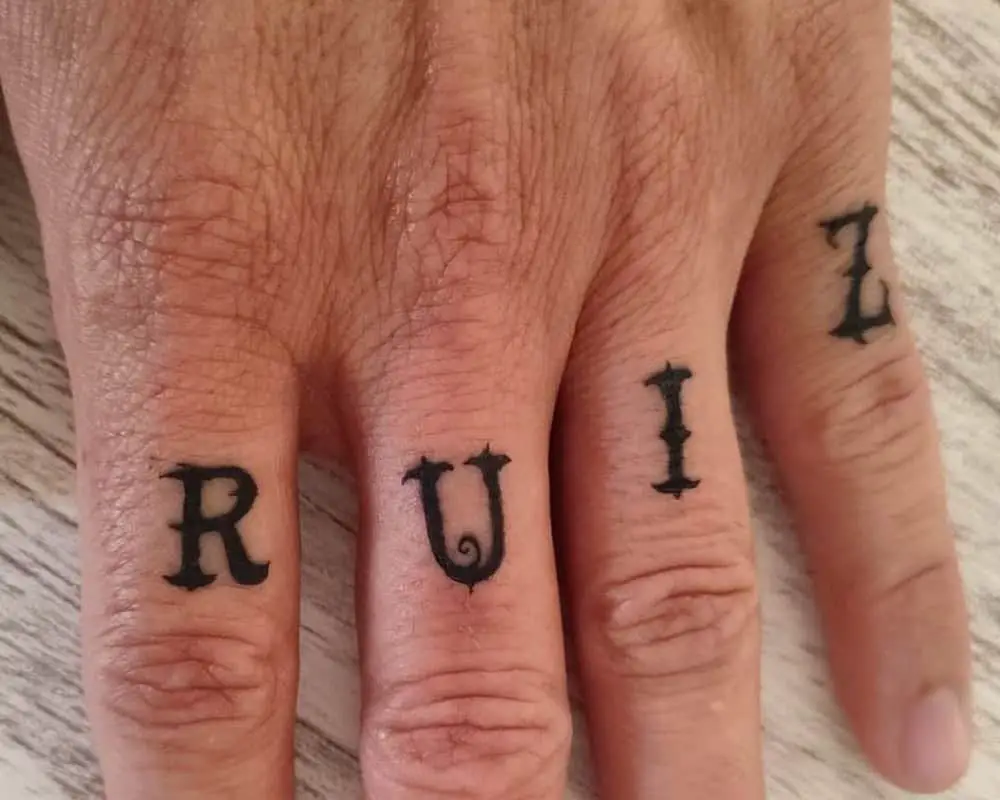
Preparing to Tattoo Yourself
There are a few things to consider before getting a tattoo by yourself. First, make sure the design is something you are absolutely sure you want. Tattoos are permanent, so it’s important to be 100% certain about the design and placement before going through with it.
Second, consider your tolerance for pain. Tattooing involves needles piercing the skin, so it will be painful. If you have poor pain tolerance, you may want to consider getting a smaller tattoo or on the outer surfaces of the body (e.g., the outside of the forearm, the back of the palm).
Third, think about the aftercare. Tattoos need to be kept clean and moisturized in order to heal properly. If you are not willing to commit to the aftercare, then getting a tattoo is probably not a good idea.
Finally, make sure you are using sterile equipment. If you are not sure how to do this, it is best to go to a professional tattooist. They will have the experience and knowledge to ensure that the tattoo is done safely and correctly.
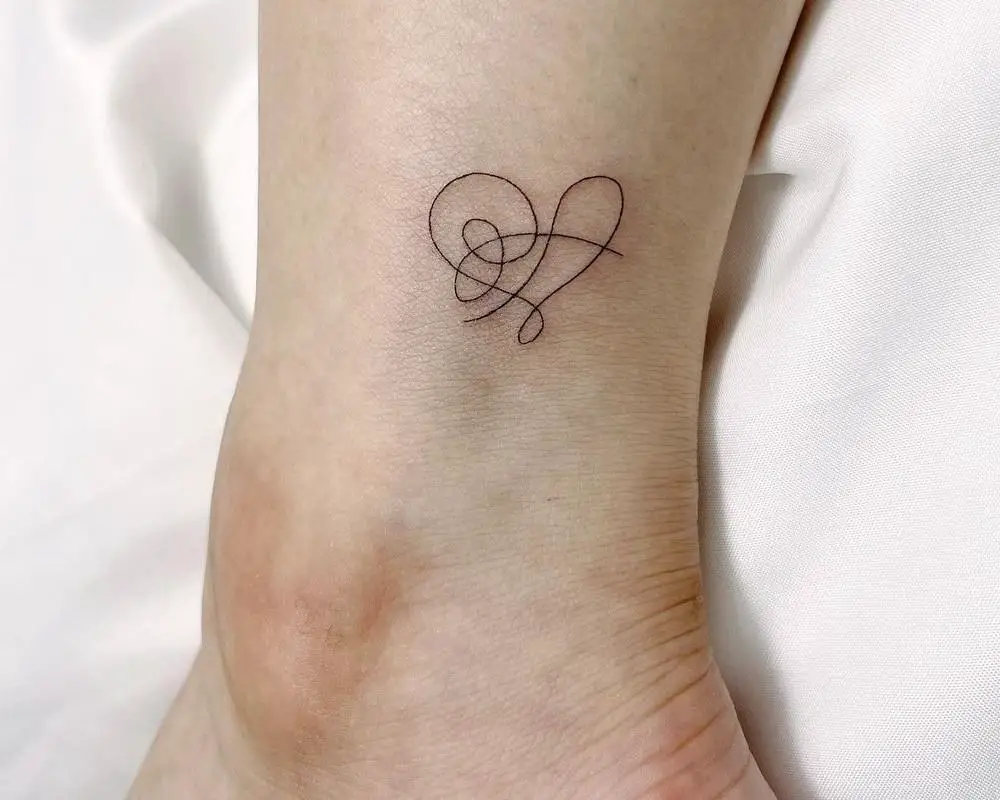
Some Self-Tattooing Tips
As a self-tattooer, you are your own artist. This means you will be in charge of every aspect of the process, from idea to design to execution. Below are the most important tips for self-tattooing that you need to know.
1. Know your skin
This is the most important tip for self-tattooing. Your skin is the canvas for your tattoo, so you need to know what type of skin you have. Is it oily, dry, sensitive, or a combination? Knowing your skin type will help you choose the right supplies and aftercare products.
2. Do your research
Before you start tattooing yourself, do your research. Read books and articles, watch videos, and talk to people who have experience with tattooing. The more you know about the process, the better your tattoo will be.
3. Choose the right supplies
When you’re self-tattooing, you need to use the right supplies. This includes sterile needles, fresh ink, and a clean work area. You should also invest in a tattoo machine, which will make the process easier.
4. Follow the directions
When you’re using tattoo supplies, it’s important to follow the directions. This will help you avoid infection and other complications.
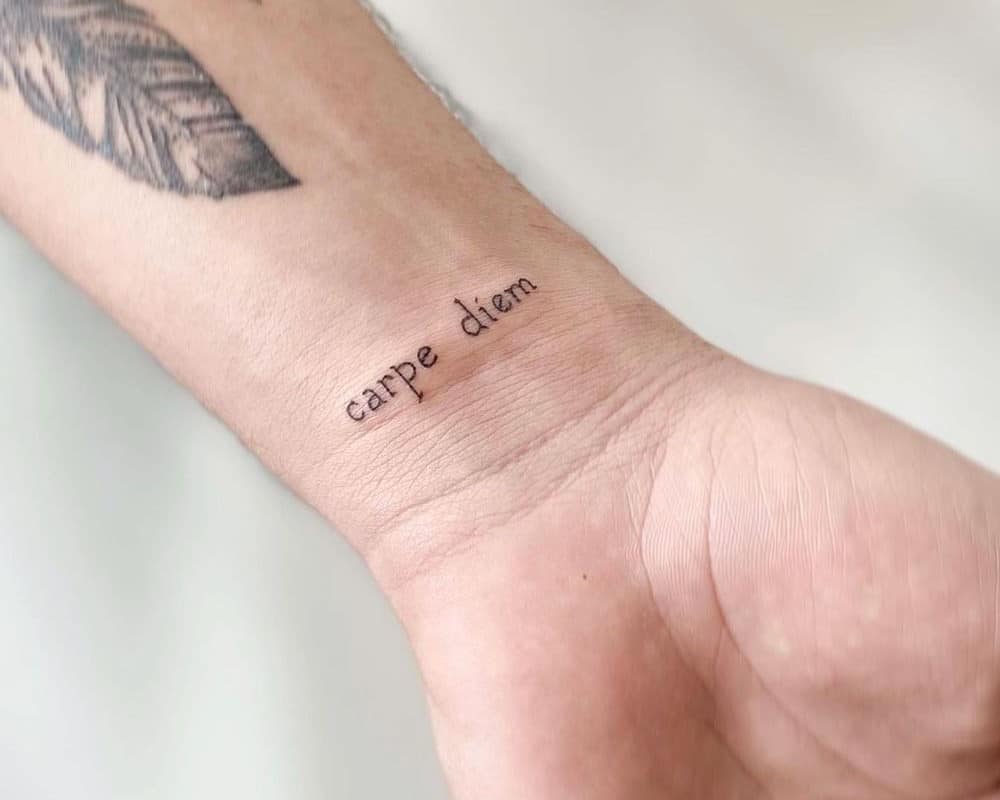
5. Practice on fruit
Before you start tattooing yourself, practice on fruit. This will help you get a feel for the tattoo machine and the tattooing process.
6. Take your time
When you’re tattooing yourself, take your time. Rushing the process will only result in a bad tattoo.
7. Be gentle
Tattooing yourself is a delicate process, so you need to be gentle. Don’t press too hard or you could damage your skin.
8. Use a light touch
When you’re tattooing yourself, use a light touch. This will help you avoid excess bruising and swelling.
9. Be patient
Tattooing yourself takes time, so be patient. Don’t try to hurry the process or you could end up with a bad tattoo.
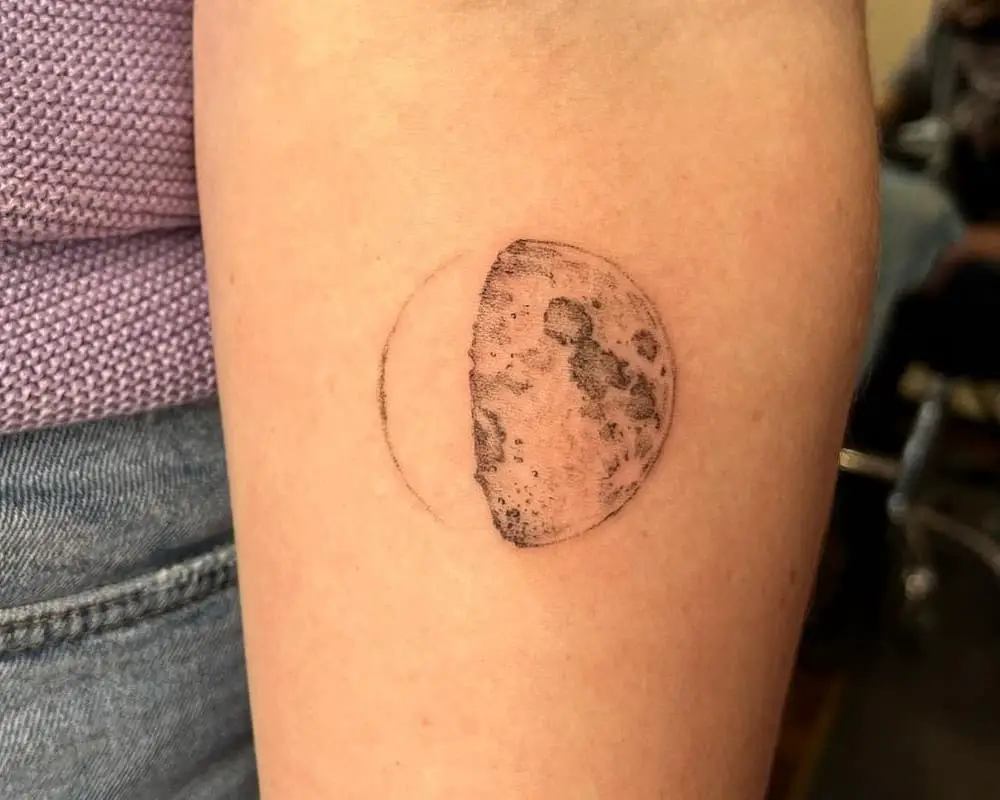
Instructions for tattooing yourself:
1. Decide on the design you would like to tattoo yourself with. Make sure it is something you will be happy with for a long time, as it will be difficult to remove.
2. Choose the placement of your tattoo carefully. Think about where you want it to go and how it will fit with your existing tattoos if you have any.
3. Choose a clean, well-lit work area. Make sure the area you select is comfortable and spacious enough to allow you to move around freely while you work. It’s also important to work in a well-ventilated area.
4. Gather your supplies. You will need a tattoo machine, sterile needles, tattoo ink, and clean rags or paper towels.
5. Disinfect your work area and your hands. Use a clean, disposable towel to wipe down your work surface, and wash your hands thoroughly with soap and water.
6. Set up your tattoo machine. Assemble your tattoo machine according to the manufacturer’s instructions.
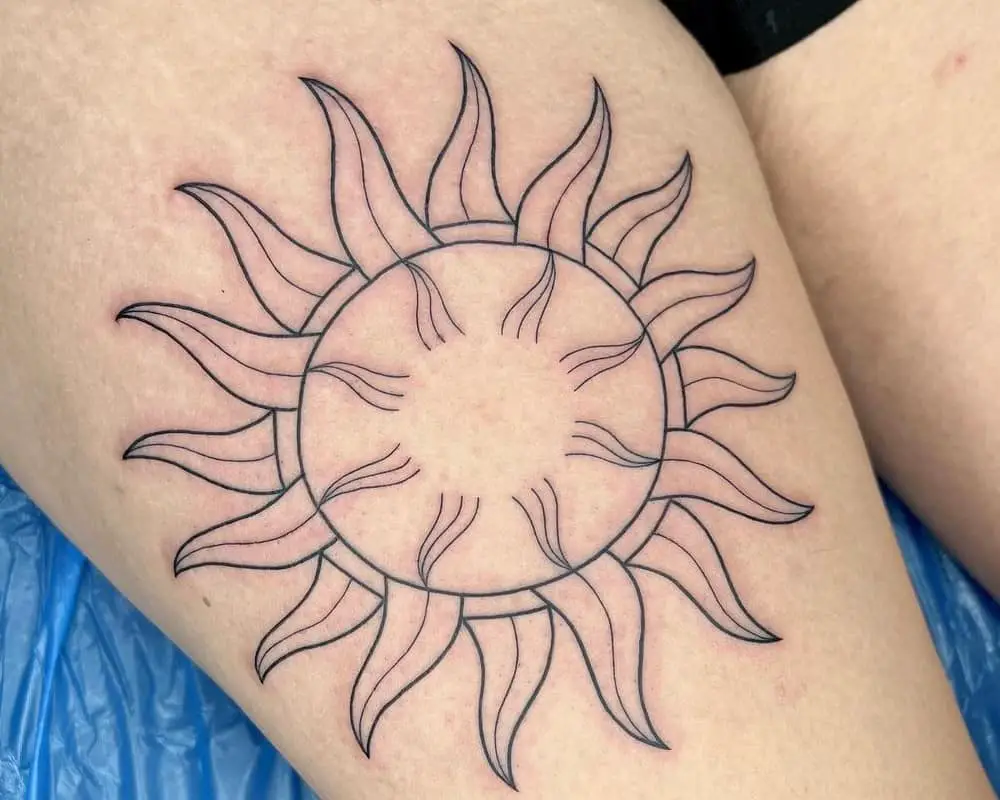
7. Transfer a design to your skin. Use a transfer paper or stencil to trace your design onto your skin.
8. Sterilize your needles. Dip your needles in a small cup of rubbing alcohol or sterilizing solution.
9. Fill your tattoo machine with ink. There are a variety of inks available for tattooing, but it’s important to use sterile, non-toxic ink.
10. Begin tattooing. Slowly and carefully guide the needle along the stenciled lines of your design. If you’re tattooing too deep, you’ll see blood or clear fluid coming from the wound. If this happens, you should stop tattooing and clean the area with sterile water or saline solution.
11. Clean your tattoo. After you’ve finished tattooing, wash the area with soap and water. Gently pat it dry with a clean towel.
12. Apply a thin layer of tattoo aftercare ointment.
Maybe you would be interested: Disney Autism Tattoo – Meaning and Ideas
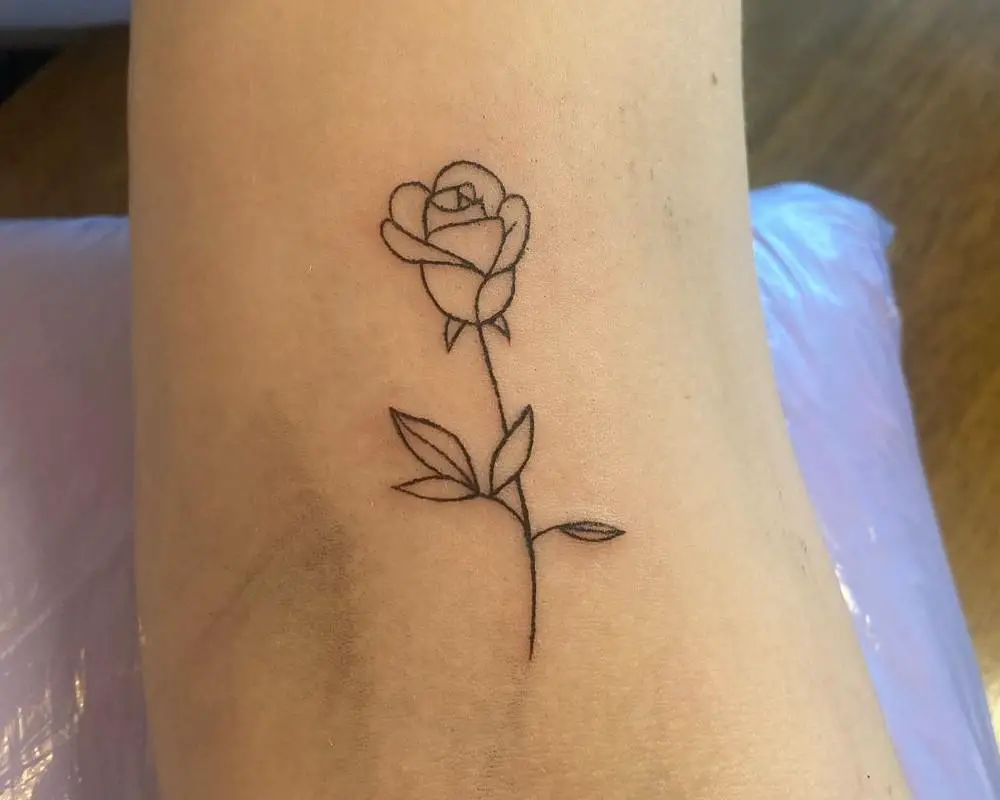
Aftercare for the Tattoo
Aftercare for a tattoo is important to prevent infection and to ensure the tattoo heals properly. Aftercare instructions will vary depending on the location of the tattoo and the artist’s preference, but there are some general aftercare tips that can be followed for all tattoos:
– Keep the tattoo clean and dry. Wash the tattoo with soap and water a few times a day, and dry it with a clean towel.
– Apply a thin layer of tattoo ointment or lotion to the tattoo. Be sure to use a non-scented, non-petroleum-based ointment or lotion.
– Avoid direct sunlight or tanning beds.
– Do not pick or scratch at the tattoo.
– Do not swim or soak the tattoo in water.
If you have any questions or concerns about your tattoo, be sure to contact a professional tattooist or a medical professional.
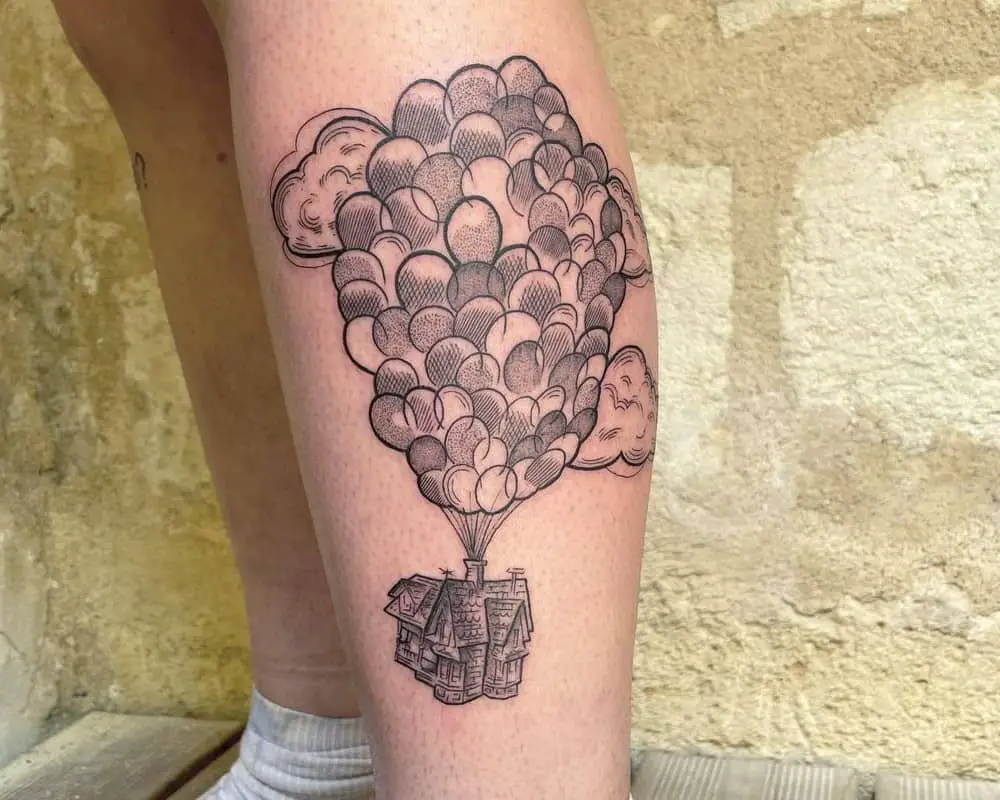
FAQ
How do I tattoo myself?
The best way to tattoo yourself is to find a friend who is already a tattooist and ask them to help you. If you don’t have any friends who are tattooists, you can try looking for someone who is willing to teach you how to tattoo yourself. There are many instructional videos and books available that can help you learn how to tattoo yourself.
How do I remove a tattoo by myself?
There is no safe way to remove a tattoo by yourself. Tattoos can only be safely removed by a professional tattooist using professional tattoo removal equipment.
What are the risks of tattooing myself?
There are a few risks associated with tattooing yourself. These include infection, scarring, and allergic reactions.
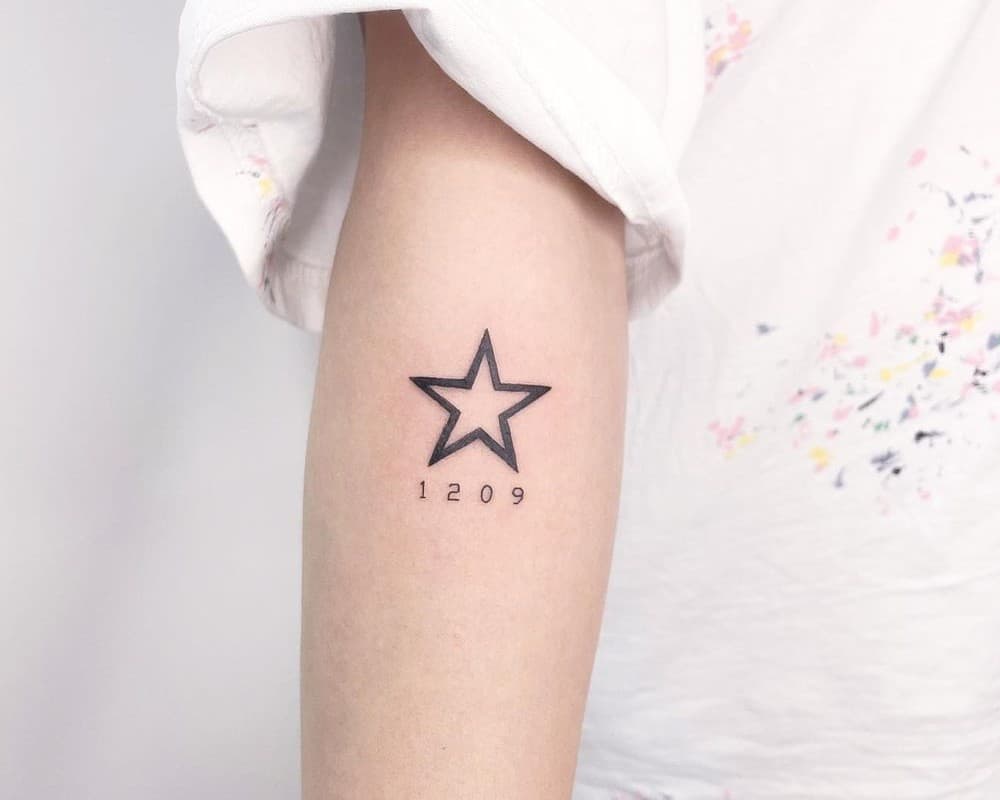
Props and Cons Tattoo by Yourself
There are both pros and cons to tattooing yourself. On the positive side, it can be a very empowering experience to give yourself a tattoo. It can be a way to express your individuality and creativity and can be a very satisfying experience. You can also save money by doing it yourself.
On the downside, it is important to be extremely careful when tattooing yourself, as it is easy to make mistakes that can be permanent. Tattooing oneself can be extremely painful. It is also important to be aware of the risks associated with tattooing, such as infection and allergic reactions.